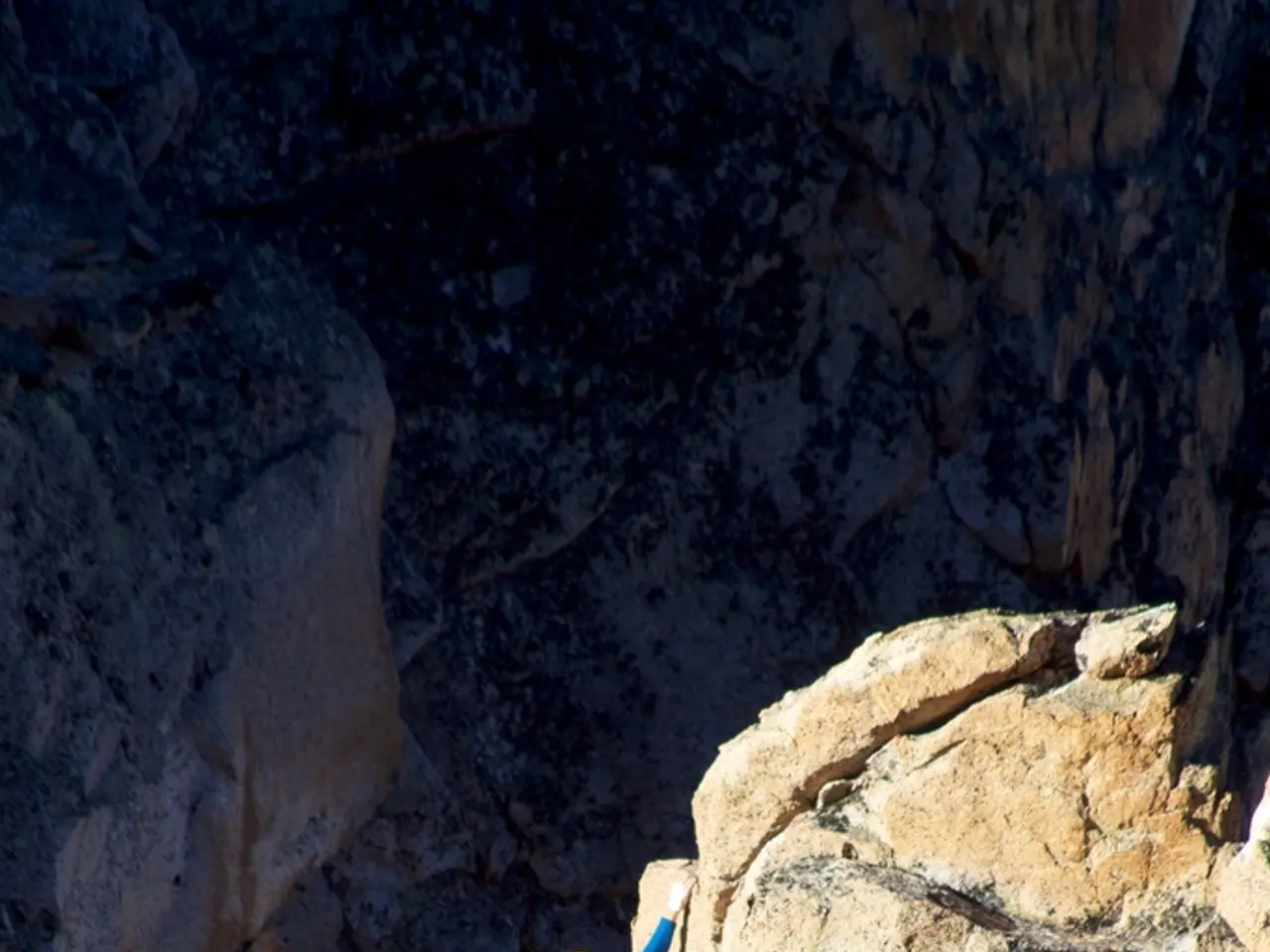Altitude Sickness: Know the Symptoms and Dangers
Altitude sickness, a common ailment among travellers to high elevations, can cause a range of symptoms and even severe complications. It typically affects those unaccustomed to heights above 8,000 feet.
Altitude sickness is triggered by the body's struggle to adapt to thinner, less oxygen-rich air. Common symptoms include fatigue, headaches, nausea, and shortness of breath. More serious signs such as skin discoloration, confusion, and coughing may also occur.
Acute mountain sickness (AMS) is the most common form, often mimicking intoxication. High-altitude pulmonary edema (HAPE) and high-altitude cerebral edema (HACE) are severe forms, involving fluid buildup in the lungs and brain respectively. Diagnosis involves symptom questioning and chest auscultation.
Around 20% of hikers, skiers, and adventurers between 8,000 to 18,000 feet, and 50% above 18,000 feet, experience altitude sickness. Treatment includes immediate descent, medication like acetazolamide and dexamethasone, lung inhalers, and breathing assistance if needed.
Altitude sickness, though common and treatable, can escalate to life-threatening conditions like HAPE and HACE. Travellers should be aware of symptoms, seek immediate help if severe, and descend promptly for relief.
Read also:
- Americans Lose Insurance Under New Tax Legislation, Affecting 10 Million Citizens
- Pro-Life Group Condemns FDA's Approval of Generic Abortion Drug
- Trump Signs Law Defunding Planned Parenthood, Threatening Healthcare Access for Millions
- Historian Ute Frevert Explores Germans' Emotional Bond With Constitutions







